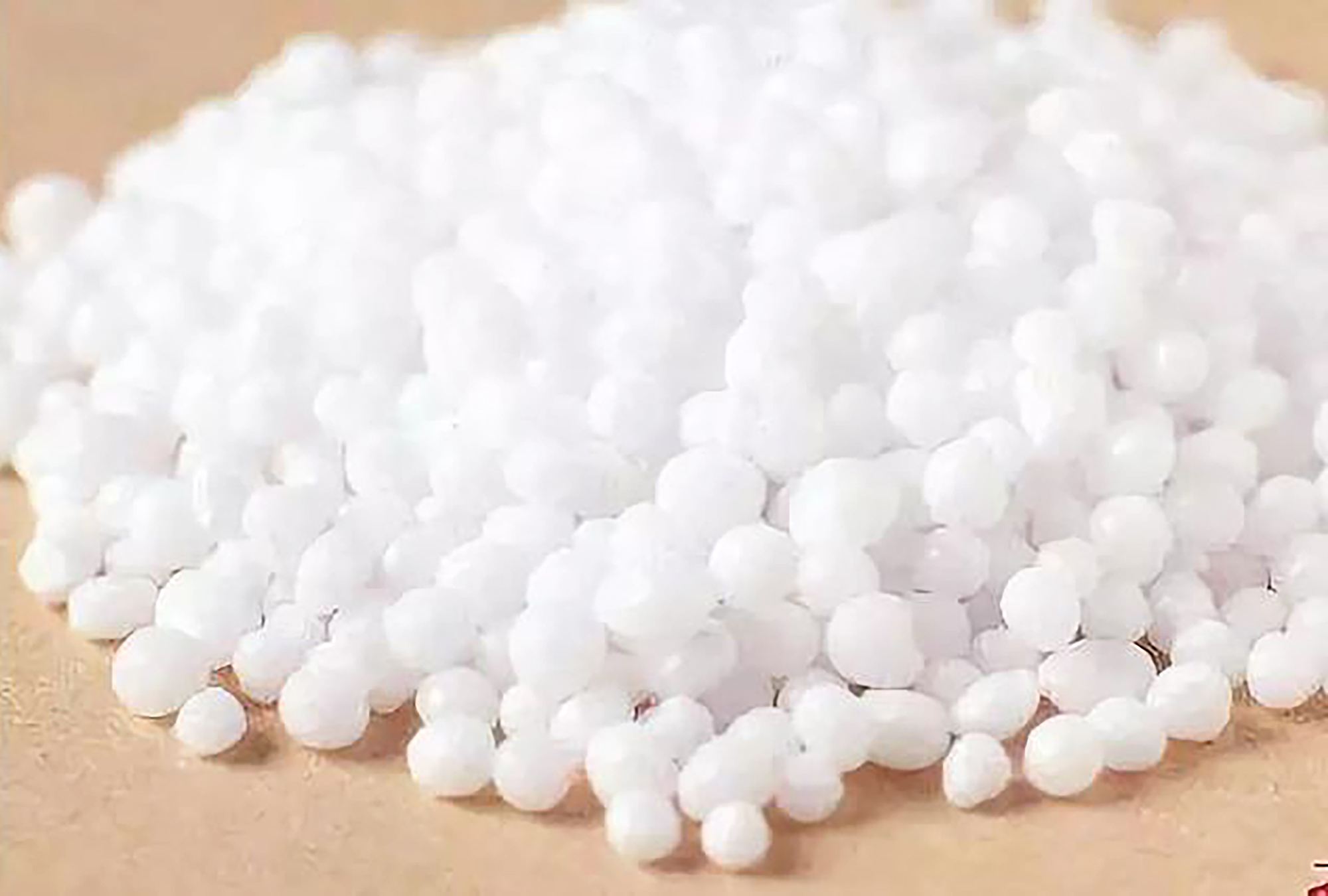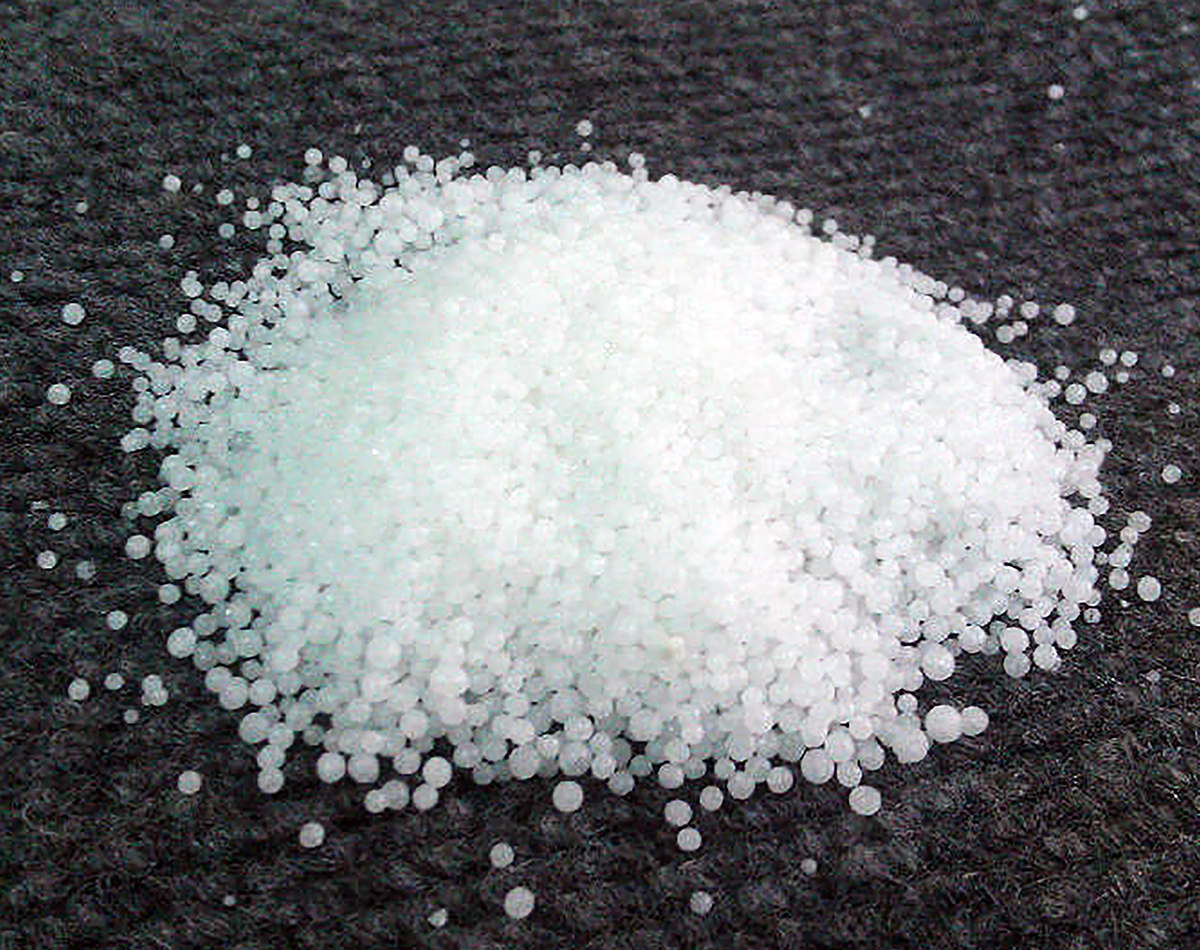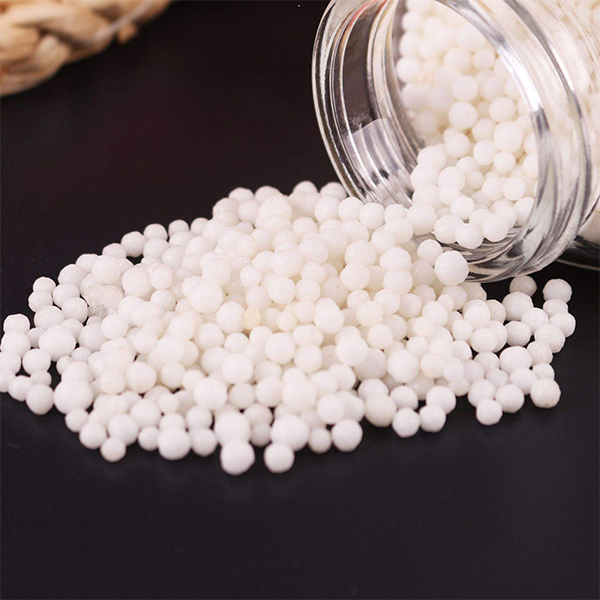


Agricultural urea
Urea, also known as urea and carboamide, is an organic compound composed of carbon, nitrogen, oxygen and hydrogen. It is a white crystal. As a neutral fertilizer, urea is suitable for all kinds of soil and plants. It is easy to preserve, easy to use and has little damage to soil. It is a chemical nitrogen fertilizer with large use and the highest nitrogen content.

Urea is a kind of high concentration nitrogen fertilizer, which is a neutral quick acting fertilizer. It can also be used to produce a variety of compound fertilizers. No harmful substances remain in the soil, and long-term application has no adverse effects. Animal husbandry can be used as feed for ruminants. Urea is an organic nitrogen fertilizer. It can be absorbed and utilized by crops only after it is hydrolyzed into ammonium carbonate or ammonium bicarbonate by urease in soil. It is suitable for all crops and all soils. It can be used as base fertilizer and topdressing. It can be applied in dry and paddy fields, and sometimes as seed fertilizer. Urea is in molecular state before transformation and cannot be adsorbed by soil, so it should be prevented from losing with water; Ammonia formed after conversion is also volatile, so urea should also be deeply covered with soil.

Industrial Urea
Urea can be widely used as raw materials for the production of melamine, urea formaldehyde resin, hydrazine hydrate, tetracycline, phenobarbital, caffeine, reduced Brown BR, phthalocyanine blue B, phthalocyanine blue BX, monosodium glutamate and other products.
It has a brightening effect on the chemical polishing of steel and stainless steel. It is used as a corrosion inhibitor in metal pickling and the preparation of palladium activation solution.
In industry, it is also used as raw material for manufacturing urea formaldehyde resin, polyurethane and melamine formaldehyde resin. When urea is heated to 200 ℃, it generates solid trimeric chloric acid (i.e. cyanuric acid). Cyanuric acid derivatives trichloroisocyanuric acid, sodium dichloroisocyanate, tris (2-hydroxyethyl) isocyanurate, tris (allyl) isocyanurate, tris (3,5-di-tert-butyl-4-hydroxybenzyl) isocyanate, triglycidyl isocyanate, cyanuric acid melamine complex and so on have many important applications. The first two are new high-grade disinfection and bleaching agents. The total production capacity of trichloroisocyanuric acid in the world is more than 80000 t.

Vehicle urea granules
Automotive urea solid automotive urea diesel additive automotive urea industry urea diesel engine tail gas treatment automotive urea particles.
SCR scheme has obvious advantages in the National IV diesel vehicle exhaust treatment system, and vehicle urea is the necessary additive of SCR scheme. With the gradual implementation of the national four emission standards for diesel vehicles by cities, the demand for vehicle urea may be blowout. As the environmental protection departments of various countries have proposed to further reduce the nitrogen oxide pollutants emitted by diesel engines. Commonly known as European IV standard in China.
Engine manufacturers began to use SCR (selective catalytic reduction technology) to meet the requirements of environmental protection departments.
Diesel engine tail gas treatment fluid (commonly known as automobile urea, automobile urea and automobile environmental protection urea in China) is a consumable that must be used in SCR technology.

富士电机(安徽)有限公司
Fuji Motor (Anhui) Co., Ltd
集团地址 / Add: 香港九龙花园道2-16号豪景大厦29楼2902室 / Room 2902, 29 / F, grand view building, 2-16 Garden Road, Kowloon, Hong Kong


